Just how long can temporary dermal fillers last in the face? A lot longer than people expect them to, as I found out for myself.
As the grainy images from the magnetic resonance imaging of my face resolved into 3-D shapes on screen, my mind froze in disbelief. ‘So all the coloured parts that are showing,’ I ventured, ‘Is that all filler?’
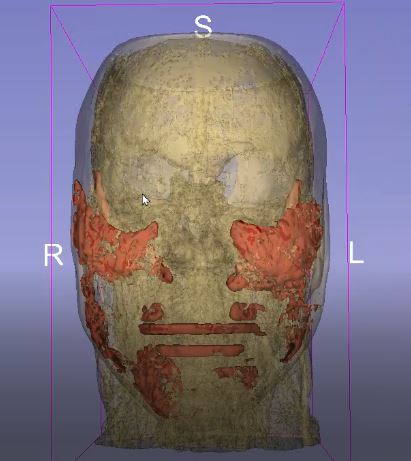
‘Yes,’ said Dr Simon Morley, the consultant radiologist who was talking me through the MRI scan. ‘I’d say there’s about 35ml of it altogether.’ I stared, amazed, at the patches across my cheeks, along my jawline, in my chin, under my eyes, in my nose-to-mouth lines, and my lips as, on screen, Dr Morley helpfully deleted the underlying image of my face, leaving a framework of filler. It simply didn’t make sense. ‘But.. 35 millilitres?’ I said, feebly. ‘That’s more than all the fillers I’ve had put together. And I haven’t had any for nearly four years!’
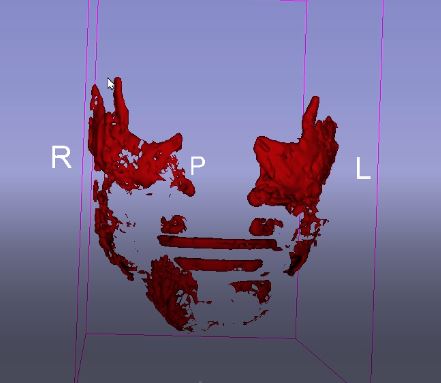
I was shocked – and yet not surprised
To say I was shocked was putting it mildly. And yet, part of me wasn’t, because reports of hyaluronic acid (HA) fillers lasting a lot longer than they ought have become a hot topic in the world of aesthetics over the past few years. I’ll try and explain. As a journalist, I’ve been reporting on tweakments for 20-odd years and have had a good deal of filler injected into my face to soften the impact of ageing as I tumbled through my 40s and 50s (I turn 60 next year).
Where have I had filler? Everywhere from my temples to my cheeks, my lips and nose-to-mouth lines, my jawline and chin, in the ‘tear trough’ grooves below my eyes, and in the tails of my eyebrows. But here’s the thing. Along with the rest of the world, I have always understood that these dermal fillers were temporary treatments, lasting for a year at the most, after which, if you want to maintain those plumped lips or that enhanced jawline, you need to be re-treated. Most aesthetic clinics invite patients back in every six-12 months to ‘refresh’ their fillers and keep their faces looking on point.
Doesn’t hyaluronic acid filler dissolve within a year or so?
Yet over the past few years, evidence has been mounting that fillers may stick around for a good deal longer. The pioneer in bringing this issue to wider attention is Dr Mobin Master, an aesthetic radiologist based in Melbourne, Australia, after a number of cosmetic doctors referred patients to him for magnetic resonance imaging, wondering if the swelling around patients’ eyes could be due to filler. (Once the practitioner knows what shows up on the MRI, they can see precisely where the problems lie, and work out whether they need to dissolve that old filler before planning new treatment).
It seems filler can last a lot longer
‘I probably first saw this issue on MRI around mid-2019,’ says Dr Master. ‘Many of these cases showed residual filler, some of which was from two years to 12 years old.’ Was he surprised? ‘Certainly, it was a surprising discovery,’ he says, ‘as the general understanding is that hyaluronic acid dermal filler was regarded as temporary and should self-dissolve over a period of approximately two years.’
Since then, Dr Master has published three articles in peer-reviewed journals about longevity of hyaluronic acid filler, with another due imminently. ‘From my research and some current new research, particularly in the mid face and around the eyes, filler seems to last a lot longer than we initially expected,’ he says.
Why I booked in for an MRI scan
Having followed Dr Master’s work, I had wondered what an MRI of my own face might reveal, so last year, at a point where (apart from one scrap of lip filler), I’d not had any hyaluronic acid injected in my face for 45 months, I booked in with Dr Morley, at the recommendation of aesthetic practitioner Dr Sophie Shotter, for a scan.
Analysing filler using magnetic resonance imaging is a specialised, painstaking process. Dr Morley is usually to be found working as a consultant head and neck radiologist at University College Hospital, but in his private work he is fielding an increasing number of requests from aesthetic doctors and surgeons to identify filler in faces where it may be causing lumps, or has migrated (or drifted), from its original position.
Dr Morley admits he was ‘completely astonished’ to see the extent of filler in my face – he’s normally looking at problematic filler, not at someone whose face seems absolutely fine. (I seem to remember the phrase ‘blown away’ being bandied about as he, Dr Shotter and I pored over the images together).
How does an MRI scan identify filler in the face?
How does the imaging work? ‘HA fillers attract water,’ Dr Morley explained, ‘so you can depict the filler against the native fatty tissue in the cheeks, then by nulling the signal from the fat, you’re left with an image of the filler.’ So the 8ml of fat that I had transferred from my thighs to my face in 2019 wouldn’t be showing up in these images? No, said Dr Morley. The other substance I had injected in my face, albeit 15 years ago, was Sculptra, a ‘stimulating’ filler that encourages your face to grow more of its own collagen. Could that be showing? Again, no, because the carrier substance for Sculptra is not HA, and leaves the skin very quickly.
Because we’re injecting products that may last, it puts them in line with implantable devices and with that comes potential problems if treatment is not done properly, or in a sterile way.
I can see that actually, I’m lucky, given that that framework of filler is hanging out exactly where it was placed in my face, exactly where it ought to be. There’s more, for example in my left mid-face and cheek than my right, to counteract the natural asymmetry of my face. None of it has migrated. And, heavens, how ancient would my face look if it wasn’t in there?
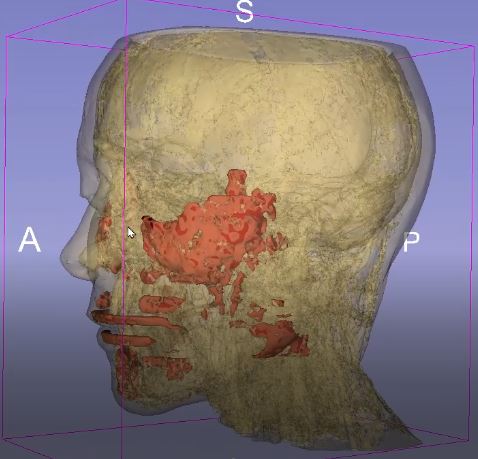
But why, I wondered, is there apparently more filler than I have had injected over time? That’s hard to say. Dr Morley suggests it might be because HA attracts water, so it appears as a larger volume on the scan. Dr Shotter wonders if it might be because over time, the filler has integrated with my facial tissues, so the scan is picking up filler that’s become part of my face as well as the filler that’s just still there.
Can I tell what’s in my face – and when it dates from?
Looking at the pattern of the filler in my face, I’m sure a lot of it dates from my treatment in early 2018 with Dr Tapan Patel, when he injected 10ml of filler all around my face (temples, cheeks, chin, jawline, lips) in one go. But there’s also filler showing up in my tear troughs, and I know the last person to work on those was Dr Sabrina Shah-Desai in winter 2015. The straight lines across my lips look like the 0.3ml that Dr Munir Somji added to each lip (in a straight line, with a cannula, laying it down in the body of each lip) in May 2019. As for the filler in the nose-to-mouth lines, who can say? – I can’t remember having had those bits injected for 15 years.
What have I learned from this?
What’s the lesson here? I’m not for a minute suggesting that we should panic and avoid fillers – where would my face be without them? – but we should certainly be more thoughtful about whether we really need repeat treatment, and, most importantly of all, who is doing that treatment for us.
What do the professionals say?
‘It shows that what we’re injecting has real longevity,’ says Dr Shotter. ‘We’ve all seen patients come back with a new lump from a treatment that was done a long time ago. But when done in the right way, this potential longevity is a massive positive point for patients. But because we’re injecting products that may last, it puts them in line with implantable devices and with that comes potential problems if treatment is not done properly, or in a sterile way.’
‘It’s important to realise that even though the longevity of filler will vary between individuals, and there may be traces or significant amounts of it present longer than we first thought, this doesn’t change the recommendation for repeating treatments,’ adds Dr Shotter. ‘Your natural ageing process will still progress, and if you want to mitigate that then maintenance filler treatments will still be required.’
The person who keeps Dr Morley busiest with requests for MRI of fillers is leading oculoplastic surgeon Daniel Ezra, who is himself about to publish a peer-reviewed study on dissolving HA fillers, including long-standing fillers. When patients come to him to discuss eye surgery, part of his routine assessment is ultrasonic screening, which can often pick up larger pockets of filler within the face. If needed, he then sends people for an MRI.
‘Fifty per cent of the patients coming to me for surgery have already had HA fillers and they often need filler dissolving before surgery,’ says Dr Ezra. ‘It could be just the patients I see, but I don’t think that’s the case. I see filler remaining in significant quantities for up to 20 years after it’s been put in. Often, people are very shocked. It’s so mentally ingrained that fillers dissolve after a year when that’s patently not the case, but psychologically, people think it’s not possible, because HA fillers are sold as a natural gel that dissolves and is dispersed by the body, and that narrative is very powerful.’
What next?
The possible longevity of hyaluronic acid fillers is clearly an area that merits more study. The potential for using MRI to monitor HA dermal fillers is one of the topics on which Dr Mobin Master has written a whole paper. Private MRI scans are pricey (I paid £700+ for mine), but if there were a specific protocol for this, Dr Master suggests it would be economically viable (see his infographic, below).
I asked the key filler brands for their views on the subject, and they all said that the longevity claimed for their products are based on the results of many clinical trials over the years (their full responses are further below).
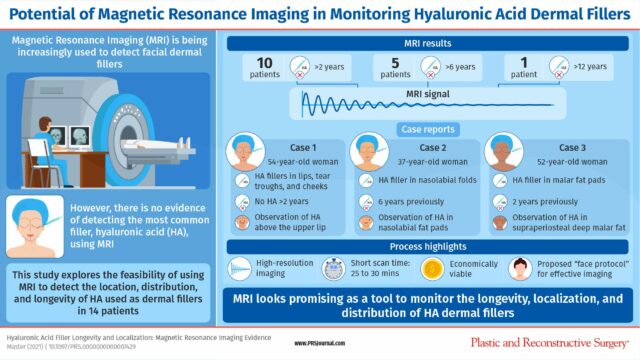
Did this put me off having dermal filler?
Will this put me off having filler in future? No. The week after that MRI last winter, I had my next planned filler treatment – 7.2ml with Dr Raj Acquilla, and have just had the same amount added at strategic points around my face by Dr Sophie Shotter. That might sound like a lot, but at my age, it’s barely keeping pace with what the years are taking away. But it does make me reflect that I’ve been fortunate to have always been injected by outstandingly good practitioners. I’d suggest that it’s their skill in placing the product exactly where it needs to be that has meant it has stayed in place, rather than migrating along the path of least resistance into other areas of my face.
Note: If you’re wondering why it has taken me a year to write this article, it’s because what my MRI showed caused a good deal of interest among the doctors who saw it, and we had hopes of using this as a springboard for a proper study using MRI imaging on a number of patients who had had well-documented HA filler treatments over the years. That would have been fantastic, because while my case is interesting, it’s one single case, and I might be the anomaly in a world where most people’s filler dissolves and vanishes after a few months just like it’s meant to. But the project proved too tricky to pull off, so I’m writing it up for The Tweakments Guide, with thanks to everyone who has contributed.
Responses from the manufacturers of injectable HA fillers
Allergan:
‘Allergan Aesthetics, an AbbVie Company has studied the Juvéderm portfolio in clinical trials, according to the results the duration of effectiveness is 9-24 months with our products. Patients may experience shorter or longer duration of effectiveness with soft tissue fillers, but this has not been evaluated in a clinical study to date by Allergan Aesthetics.’
Galderma:
‘With regards to the longevity of dermal fillers, at Galderma, we can only comment on the clinical data and results for our own products – i.e. the Restylane range. Our dermal filler technologies have been in use for over 25 years, so we have a wealth of long-term data on post-treatment results, safety and efficacy across our various filler products – for example our Restylane Defyne filler lasts up to 1 year(1) as accredited by our studies and references below. We continue to invest in post-marketing studies to further understand the ‘real-world’ experiences of our products however at this time, we have not received reports from clinicians about the extended longevity of our products which would warrant further investigations. Of course, every patient is unique and injection technique and patient care have a significant role to play in the post-treatment experience, so we will continue to work with our global network of leading injectors for their feedback and insights on any longevity trends.’
1.Ascher B et al. Dermatol Surg 2017;43:389-395.
Teoxane:
‘The average duration of HA dermal fillers is dependent on several factors including patients’ skin type, wrinkle severity, injection type and volume. For all Teoxane injectable products, longevity is based on results and evidence from clinical trials and studies. Below you will find some examples of such studies that were undertaken during the process of applying for FDA approval on the RHA range, which was ultimately approved:
- Efficacy and Safety of 3 New Resilient Hyaluronic Acid Fillers, Crosslinked With Decreased BDDE, for the Treatment of Dynamic Wrinkles: Results of an 18-Month, Randomized Controlled Trial Versus Already Available Comparators. Rzany et al. Dermatol Surg 2019;45:1304–1314 ·DOI: 10.1097/DSS.0000000000001971
- Efficacy and safety of a new resilient hyaluronic acid dermal filler, in the correction of moderate‐to‐severe nasolabial folds: A 64-week, prospective, multicenter, controlled, randomized, double-blind and within-subject study. Kaufman-Janette et al. J Cosmet Dermatol. 2019;18:1244–1253. https ://doi.org/10.1111/jocd.13100
- Efficacy and Safety of Two Resilient Hyaluronic Acid Fillers in the Treatment of Moderate-to-Severe Nasolabial Folds: A 64-Week, Prospective, Multicenter, Controlled, Randomized, Double-Blinded, and Within-Subject Study. Monheit et al. Dermatol Surg 2020;00:1–9 ·DOI: 10.1097/DSS.0000000000002391
Another important safety feature of HA fillers is that they can be dissolved via hyalase, allowing for quick and effective removal of any HA based products that are placed within the tissue.’
Merz:
I’m waiting on a quote from Merz, which hadn’t arrived at the time of publication and hasn’t arrived since then.
The Tweakments Guide Takeaway
I'm not for a minute suggesting that we should panic and avoid fillers – where would my face be without them? – but we should certainly be more thoughtful about whether we really need repeat treatment, and, most importantly of all, who is doing that treatment for us.
Join Our Mailing List
This is the best way to stay in the loop with our latest news and updates, including industry titbits and tailored offers.
Related Stories
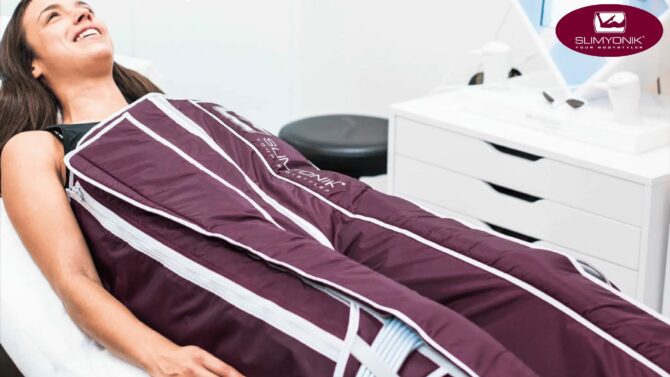
Body contouring
Would You Try This Inflatable Suit To Tone Your Body?
We’ve always been told that lying back and relaxing won’t do a thing to transform our bodies...

Concerns
The Tweakment Ladder: How To Take Your First Steps In Tweaks
Given the huge number of tweakments available, it’s increasingly hard to work out where you should...
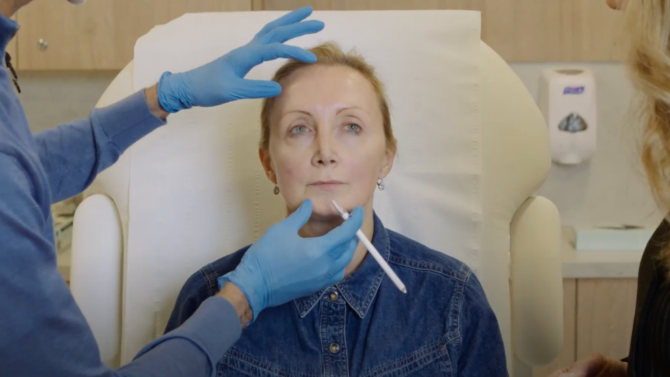
Tweakments
Less Is More – How To ‘Press Pause’ On Ageing With Natural-Looking Filler
Can we really ‘press pause on ageing’ using dermal filler? Alice visited globally-renowned...

Tweakments
Three Free Tweaks
After my recent story about The £1000 face, I thought I’d better tone it down a bit and write...



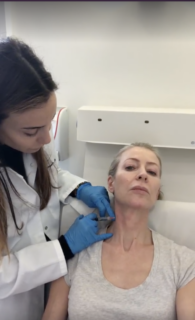



 The Tweakments Chatbot
The Tweakments Chatbot